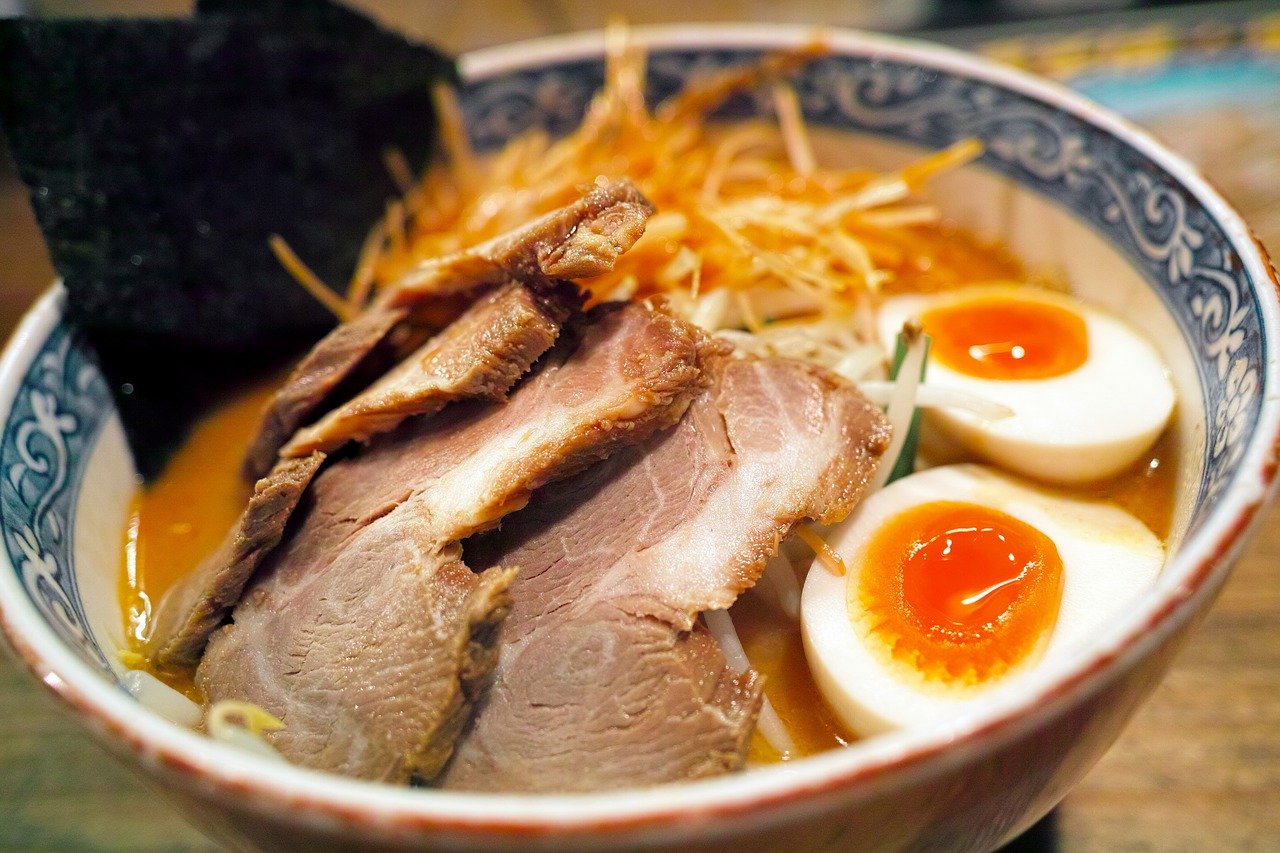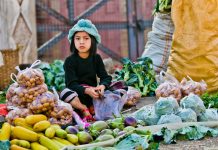
Amid floods and coronavirus crisis, food prices in China rose by 11.1%, according to National Bureau of Statistics weekly data from the Ministry of Commerce.
Data showed that food prices in China increased by 11.1% in June from a year ago while prices of agricultural products soared by 1.2% in the week ended July 5 from a week ago.
Moreover, prices had a 0.8% increase in the week through Sunday, based on the Commerce Ministry data issued Tuesday.
Authorities are watching food prices as they are considered critical in maintaining social stability.
The coronavirus pandemic has badly affected the food and beverage industry due to measures aimed at curbing the virus that disallowed people from going out to eat. Many people also preferred ordering food online or cooking at home.
Meanwhile, data from Qichacha, which runs a Chinese business information database, revealed that in the first half of the year, 105,800 food and beverage-related businesses shut down or suspended operations, with more than 70% of the closures taking place in the second quarter.
Based on CNBC analysis of the data, more than 70% of 990,500 new registrations in the industry also took place in the second quarter, but the percentage increase in shut businesses for the second quarter was bigger than that of new registrations.
The increase in food prices in China slahed restaurant earnings by about 2 percentage points, based on estimates from Gao Huan, a senior director focused on retail and manufacturing at consulting firm Alvarez & Marsal in Beijing.
“The price increase is actually pretty real and it’s mainly driven by the decrease from the supply side and increase of the demand side,” she said on Monday. “Actually, this trend is most likely to continue as we see a lot of other natural disasters such as the flood in the south of China, which is having a lot of impact to the raw material. This is going to reflect (in) the market very soon.”
The impact of floods
State media reported that severe floods in China already led to at least 141 people dead or missing. Reports show direct economic losses exceeded 86 billion yuan ($12.3 billion), with about 29,000 homes wrecked and more than 2.24 million emergency relocations.
According to a CNBC translation, Chinese President Xi Jinping said the flooding was “grim” and that the response is now at a “critical” period.
“We expect CPI inflation to inch up to 2.7% y-o-y in July as the supply shock of the recent flooding in South China may more than offset the high base in July 2019,” Nomura’s Chief China Economist Ting Lu said in a July 9 report. “However, we believe the downtrend in year-over-year CPI inflation will remain intact over H2 (to around 1% at year-end) due mainly to the higher base from surging pork prices in H2 2019.”
Analysts from Hangzhou-based Nanhua Futures, a brokerage, announced last week that the impact on food prices will not last for a long time, while the floods can greatly affect live pork production.
Pork prices
Pork prices more than doubled over the last 18 months as African swine fever led to a shortage of the Chinese meat staple. Pork prices were high in June, an 81.6% increase from a year ago.
According to Customs Administration data, the prices were still high despite increased demand for foreign food products. China’s imports of pork increased by 140% from a year ago, while that of beef rose had 42.9% and soybeans saw 17.9% during the first half of the year.






